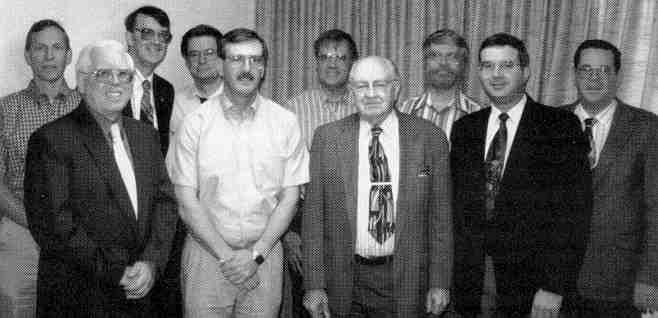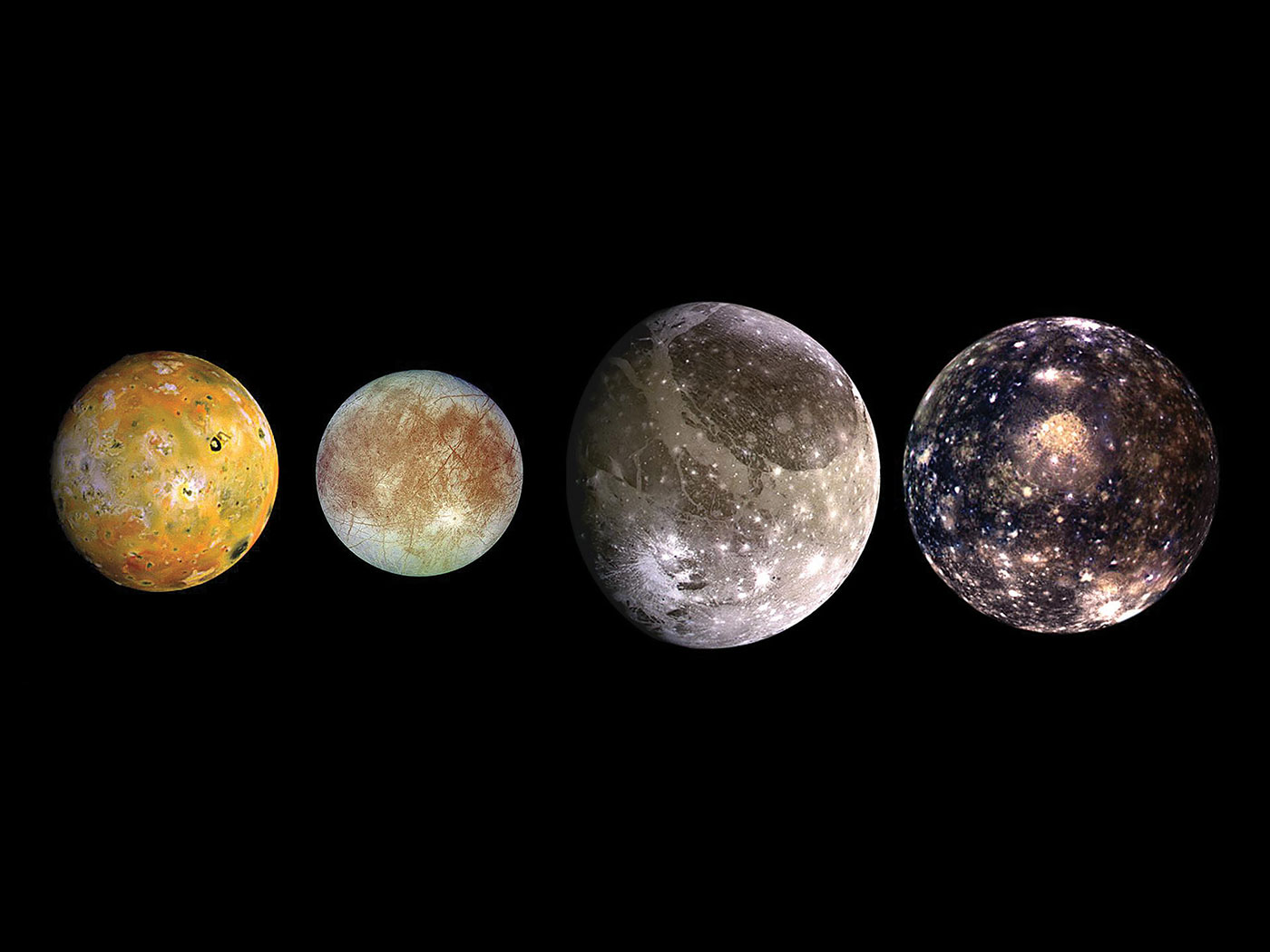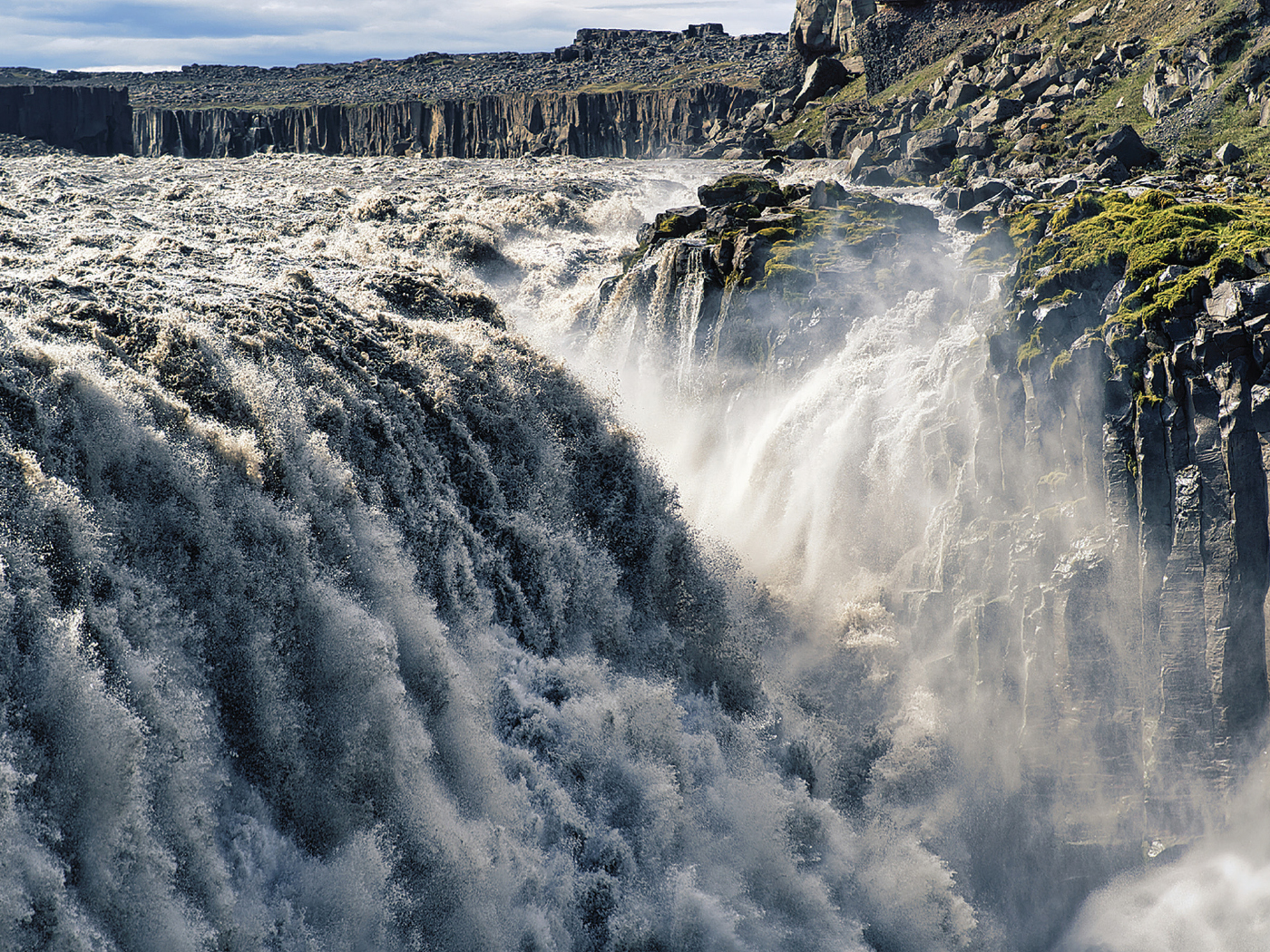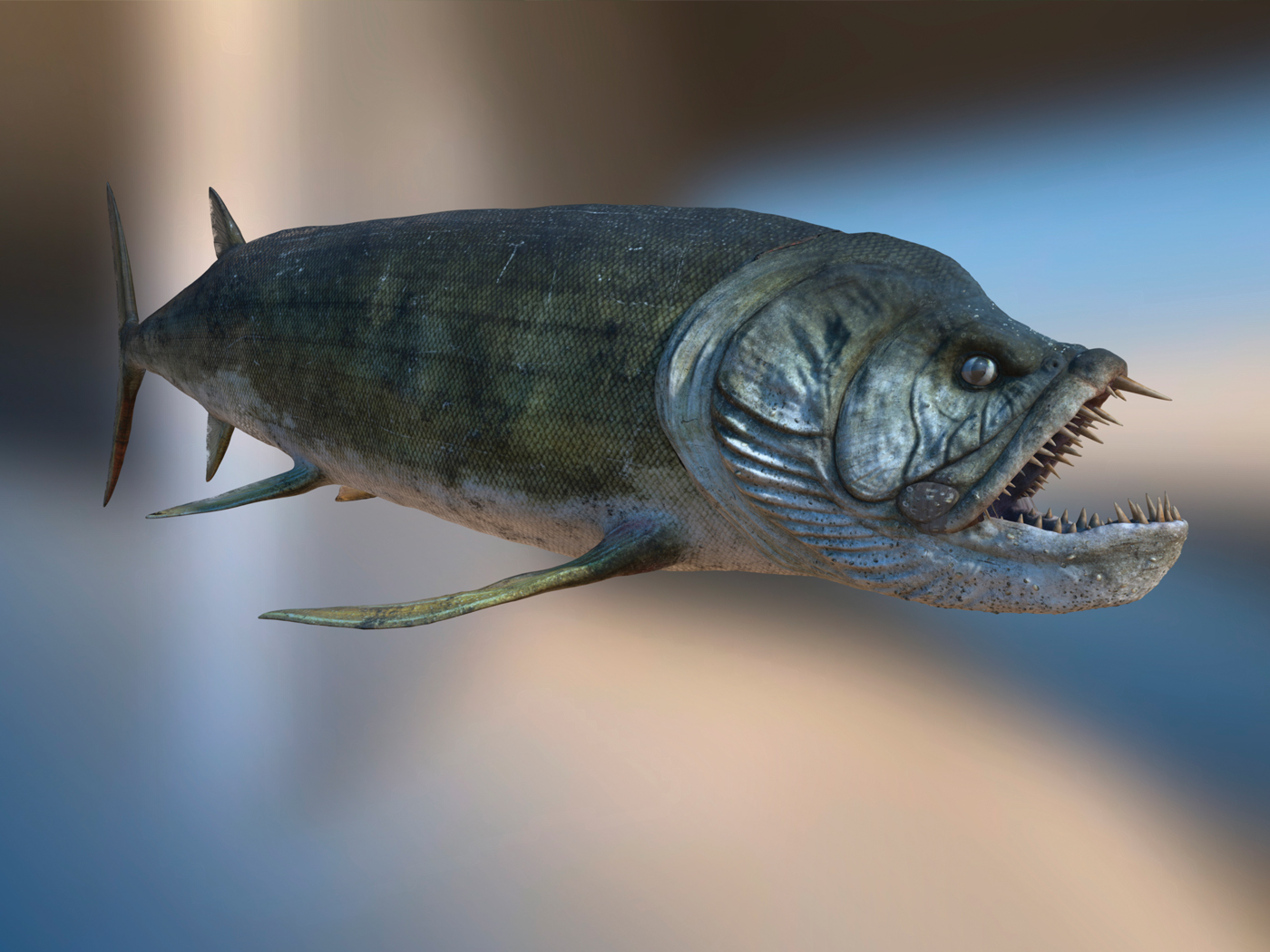A group of young-earth creationists gathered in San Diego on July 5, 1997, to attend The First Young-Earth Conference on Radioisotopes. The purpose of this first conference was to establish each researcher's current insights on radioisotope data from a creationist perspective and develop a plan for research and publication on the subject.
A total of ten participants attended the conference held at ICR. Six research scientists attended including Dr. Steve Austin, Chairman of the Geology Department at the Institute for Creation Research, CA; Dr. John Baumgardner, Geophysicist at Los Alamos National Laboratory, NM; Dr. Eugene Chaffin, Physics Professor at Bluefield College, VA and Editor of the Creation Research Society Quarterly; Dr. Donald DeYoung, Physics Professor at Grace College, IN; Dr. Russell Humphreys, Physicist at Sandia National Laboratory, NM; and Dr. Andrew Snelling, Geologist with the Creation Science Foundation in Australia and Editor of the Creation Ex Nihilo Technical Journal. Each of the research scientists are also adjunct professors at the ICR Graduate School. In fact, all but one of the participants were in San Diego to teach this summer which made the conference convenient to convene on July 5.

Front Row: Cumming, J. Morris, H. Morris, Snelling
In addition to the research scientists, Dr. John Morris, Geological Engineer and President of ICR; Dr. Henry Morris, Hydrologist and President Emeritus of ICR; Dr. Kenneth Cumming, Biologist and Academic Dean of the ICR Graduate School; and Dr. Larry Vardiman, Atmospheric Scientist and Administrative Vice President of ICR also attended the conference. Dr. Vardiman moderated the meeting and led the effort to organize the group.
All of the morning and part of the afternoon were devoted to presentations. Dr. Henry Morris gave a brief historical survey of studies on radioisotopes and their use in dating the earth. Each research scientist then offered a 45-minute presentation and discussion on his view of the status of radioisotope data and their use in dating. The remainder of the afternoon was used to define the purpose and activities of the group and to organize for research and publishing in the future.
PURPOSE AND ACTIVITIES OF FUTURE RESEARCH
It was agreed that the issue of long-age isotopes and the age of the earth is an important topic for discussion and research. It was decided that the purpose of this group of young-earth scientists would be to: Develop and Communicate an Understanding of Radioisotope Data from a Young-Earth Perspective. The group plans to conduct and oversee research in their respective fields of expertise on radioisotopes and publish occasional papers and reports. The first report is expected to be in the year 2000 which would contain a status report on the research to that point and plans for the future. A tentative final report is anticipated in the year 2005.
ORGANIZATIONAL STRUCTURE
ICR organized this first conference to initiate the effort. However, future activities will be jointly funded and directed by participants representing the three major creationist organizations participating—the Institute for Creation Research, the Creation Research Society, and the Creation Science Foundation. Expenses for research, travel, and publishing will be covered by the organization of choice for each participant. Formal agreements among the three organizations for this project will be negotiated in the near future.
The original six research scientists and the facilitator/editor will constitute the steering committee which will direct the research and publishing. Other researchers will be asked to contribute to the effort at the discretion of the steering committee, but it was thought best to retain voting privileges for the original steering committee only.
Additional researchers will be needed for this effort and are encouraged to identify themselves and their expertise. Their input will then be solicited and coordinated by the chairmen of two subgroups with members as follows:
|
Dr. Andrew Snelling—Subchair Dr. Steve Austin Dr. John Baumgardner |
Physics/Astronomy |
The group will conduct annual conferences to exchange data, findings, and plans. The subgroups may schedule additional meetings as appropriate. The next conference will occur in 1998 just prior to the annual board meeting of the Creation Research Society.
RESEARCH PLANS
The group decided that the principal tentative approach to this research effort will be to explore accelerated rates of decay of radioisotopes during one or more of the Creation, Fall, and Flood events. Several sources of data suggest that significant quantities of radioactive decay have occurred in the history of the earth and cosmos. The conventional model assumes that this decay has occurred slowly over billions of years rather than in concentrated episodes over short periods of time. Research may be able to distinguish between these models.
Whether accelerated decay is the only and/or final approach followed or not, the geochemical/geophysical evidence in the rocks must be consistent with whatever theory is proposed. In other words, the distribution of parent and daughter elements in the stratigraphic record must occur in a manner which would validate the theory, and any deviations able to be explained by geological/geochemical processes. For example, if accelerated decay occurred only during the Flood, then strata which were laid down before the Flood should show different ratios of radioisotopes and daughter products than strata laid down during or following the Flood. Because there are still differences of opinion about the location of Flood boundaries, this may be difficult. In fact, a study of the distribution of parent and daughter elements relative to the Flood may go a long way toward helping define the boundaries of Flood strata. Radioisotope data from the Moon or Mars may add additional insights.
One major obstacle to accelerated decay is an explanation for the disposal of the great quantities of heat which would be generated by radioactive decay over short periods of time. For example, if most of the radioactive decay implied by fission tracks or quantities of daughter products occurred over the year of the Flood, the amount of heat generated would have been excessive, given present conditions.
At least one theory of cosmology has been proposed which would compensate for this large amount of heat and possibly even result in net volumetric cooling in places. Such theories seem to ultimately to depend upon supernatural intervention at the time of Creation, Fall, and the Flood. God's intervention is explicitly stated in Scripture (II Peter 3:5,6 and implied elsewhere). Although these theories have not been adequately explored at this time, they could well result in an alternative explanation to many processes in the earth and cosmos. The group is strongly committed to exploring various ways in which data for large quantities of radioactive decay can be explained within a young-earth time frame. In this effort, the group is committed to a literal interpretation of the Bible which honors God as Creator and Sustainer of this world.
This project has the potential to revolutionize scientific thinking on radioisotope dating. It also could go a long way toward turning the tide at the outset of the 21st century away from old-age naturalistic evolution toward the young-earth, God-honoring creation model. Many non-Christians and Christians alike are convinced that radioisotope data justify the long periods of time needed for evolution to occur. If this group can develop a credible understanding of radioisotope data from a young-earth perspective, many people would be more open to a reliance on a literal interpretation of the Bible. Their faith would be bolstered and their confidence in God's Word restored.
Anyone interested in funding portions of this effort or assisting in the research is encouraged to contact one of the following:
|
Dr. Larry Vardiman |
Dr. Eugene Chaffin |
Dr. Andrew Snelling |
* Larry Vardiman, Ph.D., Administrative Vice President at ICR.
















